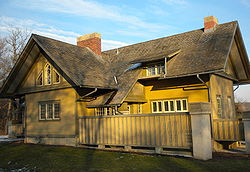
Frank Lloyd Wright was an American architect, designer, writer, and educator.

Batavia is a city mainly in Kane County and partly in DuPage County in the U.S. state of Illinois. Located in the Chicago metropolitan area, it was founded in 1833 and is the oldest city in Kane County. Per the 2020 census, the population was 26,098.

William Frederick Friedman was a US Army cryptographer who ran the research division of the Army's Signal Intelligence Service (SIS) in the 1930s, and parts of its follow-on services into the 1950s. In 1940, subordinates of his led by Frank Rowlett broke Japan's PURPLE cipher, thus disclosing Japanese diplomatic secrets before America's entrance into World War II.

Elizebeth Smith Friedman was an American cryptanalyst and author who deciphered enemy codes in both World Wars and helped to solve international smuggling cases during Prohibition. Over the course of her career, she worked for the United States Treasury, Coast Guard, Navy and Army, and the International Monetary Fund. She has been called "America's first female cryptanalyst".

The Avery Coonley House, also known as the Coonley House or Coonley Estate was designed by architect Frank Lloyd Wright. Constructed 1908–12, this is a residential estate of several buildings built on the banks of the Des Plaines River in Riverside, Illinois, a suburb of Chicago. It is itself a National Historic Landmark and is included in another National Historic Landmark, the Riverside Historic District.

Taliesin, sometimes known as Taliesin East, Taliesin Spring Green, or Taliesin North after 1937, is a property located 2.5 miles (4.0 km) south of the village of Spring Green, Wisconsin, United States. It was the estate of American architect Frank Lloyd Wright and an extended exemplar of the Prairie School of architecture. The 600-acre (240 ha) property was developed on land that originally belonged to Wright's maternal family.
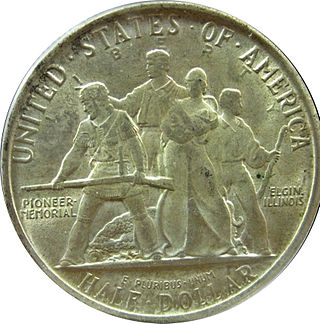
Trygve A. Rovelstad was an American sculptor and medal designer.

Geneva is a city in and the county seat of Kane County, Illinois, United States. It is located on the western side of the Chicago suburbs. Per the 2020 census, the population was 21,393.

The Emil Bach House is a Prairie style house in the Rogers Park neighborhood of Chicago, Illinois, United States that was designed by architect Frank Lloyd Wright. The house was built in 1915 for an admirer of Wright's work, Emil Bach, the co-owner of the Bach Brick Company. The house is representative of Wright's late Prairie style and is an expression of his creativity from a period just before his work shifted stylistic focus. The Bach House was declared a Chicago Landmark on September 28, 1977, and was added to the U.S. National Register of Historic Places on January 23, 1979.
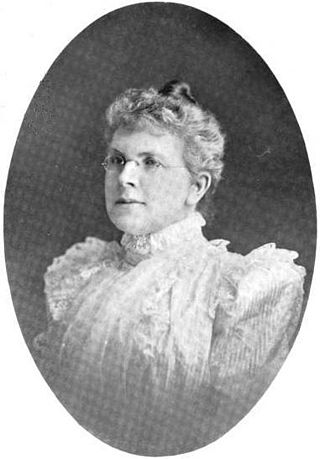
Elizabeth Wells Gallup was an American educator and exponent of the Baconian theory of Shakespearean authorship.

The Fabyan Windmill is an authentic, working Dutch windmill dating from the 1850s located in Geneva, Kane County, Illinois, just north of Batavia, Illinois, off Illinois Route 25. The five-story wooden smock mill with a stage, which stands 68 feet (21 m) tall, sits upon the onetime estate of Colonel George Fabyan, but is now part of the Kane County Forest Preserve District.
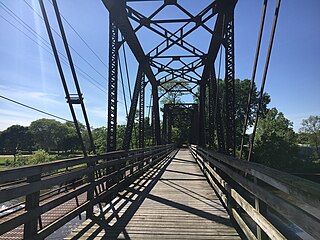
The Fox River Trail is a multi-use path in Illinois along the Fox River. Largely in Kane County, the trail connects the communities of Algonquin, Carpentersville, Dundee, Elgin, South Elgin, St. Charles, Geneva, Batavia, North Aurora, Aurora, Montgomery, and Oswego.

"Colonel" George Fabyan was a millionaire businessman who founded a private research laboratory. Fabyan's laboratory pioneered modern cryptography, though its initial findings, supporting Fabyan's belief that Francis Bacon wrote Shakespeare's plays, were later disproven by the cryptographers who trained there.

Riverbank Acoustical Laboratories (RAL), (often referred to as Riverbank or Riverbank Labs), is a NVLAP accredited acoustical testing agency founded by George Fabyan in 1913.

The Central Geneva Historic District is a set of 102 buildings and structures in Geneva, Illinois. Of those, 68 contribute to the district's historical integrity. The district is representative of southern Geneva, south of Illinois Route 38. Among the noted buildings is the Kane County Courthouse and the Frank Lloyd Wright-designed P. D. Hoyt House. The district was added to the National Register of Historic Places in 1979, and was enlarged in 2017.

The Tri-Cities, or Tri-City area, is a vernacular region that is situated between the large cities of Aurora and Elgin, Illinois, and encompasses the cities of Batavia, Geneva, and St. Charles.
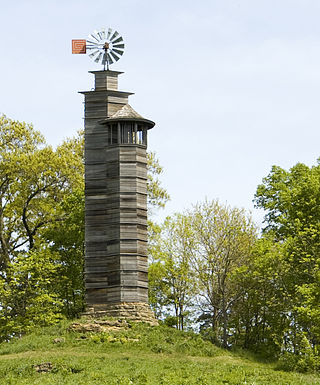
The Romeo and Juliet Windmill is a wooden structure designed by architect Frank Lloyd Wright in the town of Wyoming, Wisconsin. The building is on the Taliesin estate and was declared a National Historic Landmark in 1976.
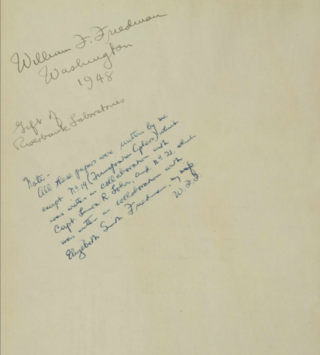
The Riverbank Publications are a series of pamphlets written by the people who worked for millionaire George Fabyan in the multi-discipline research facility he built in the early 20th century near Chicago. They were published by Fabyan, often without author credit. The publications on cryptanalysis, mostly written by William Friedman, with contributions from Elizebeth Smith Friedman and others, are considered seminal in the field. In particular, Publication 22 introduced the Index of Coincidence, a powerful statistical tool for cryptanalysis.

T. R. Ōtsuka 大塚 太郎 was a Japanese garden builder. After emigrating from Japan to the United States in 1897 and moving to Chicago around 1905, he built dozens of Japanese-style gardens and rock gardens, mostly in the Midwest, between 1905 and the mid-1930s. His most notable projects were the Japanese-style garden of George and Nelle Fabyan in Geneva, Illinois ; the Japanese Garden at Stan Hywet in Akron, Ohio (1916); the garden of Milton Tootle, Jr. in Mackinac Island, Michigan ; and the official Japanese pavilion garden at the 1933–1934 Century of Progress Exposition in Chicago, Illinois.
